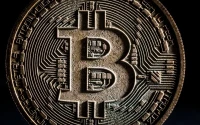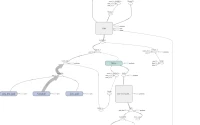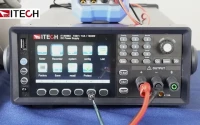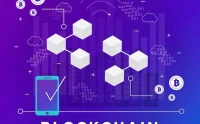A Tensor Flash in the Pan? Decoding the AI Hype
Tensor (TNSR), a Solana-based NFT marketplace, recently experienced a massive price surge, grabbing headlines across the crypto sphere. The numbers are eye-catching, no doubt. Reports of a 220% pump, a 959% increase in open interest—these figures scream "bull market." But before anyone mortgages their house to buy in, it's worth taking a closer, data-driven look.
The Rocket Fuel: Short Squeeze or Genuine Demand?
The initial narrative points to a classic short squeeze. Funding rates for TNSR were deeply negative (meaning short sellers were paying those betting long), suggesting a heavily shorted asset ripe for a squeeze. When the price started climbing, those short positions likely rushed to cover, fueling the already upward momentum.
However, attributing the entire surge solely to a short squeeze is an oversimplification. While short covering undoubtedly played a role, the sheer magnitude of the price movement suggests other factors at play. For instance, what's the underlying demand for TNSR and its NFT marketplace? Are new users flooding in, or is this primarily speculative trading activity? Details on user growth, transaction volume, and the types of NFTs being traded are surprisingly scarce in the reporting. Tensor (TNSR) Price Shatters Its Downtrend With 220% Pump: Next Move Revealed
Let's dig into the on-chain data. The 959% increase in open interest is certainly significant. But what's the absolute level of open interest? A massive percentage increase from a very small base can be misleading. (Think of it like saying your portfolio increased by 1000% after investing $10; impressive, but not exactly life-changing.) Without knowing the actual OI figures, it's impossible to gauge the true level of trader conviction.
The technical indicators paint a bullish picture, with the Awesome Oscillator flashing green and the Relative Strength Index (RSI) entering overbought territory (above 84). But these are lagging indicators. They confirm the price movement after it has already happened. What we need is forward-looking data. What are the order book dynamics? Is there significant buying pressure at higher price levels, or are we seeing thin order books that could lead to a rapid correction?
I've looked at hundreds of these crypto surges, and the lack of fundamental data supporting this rally is concerning.
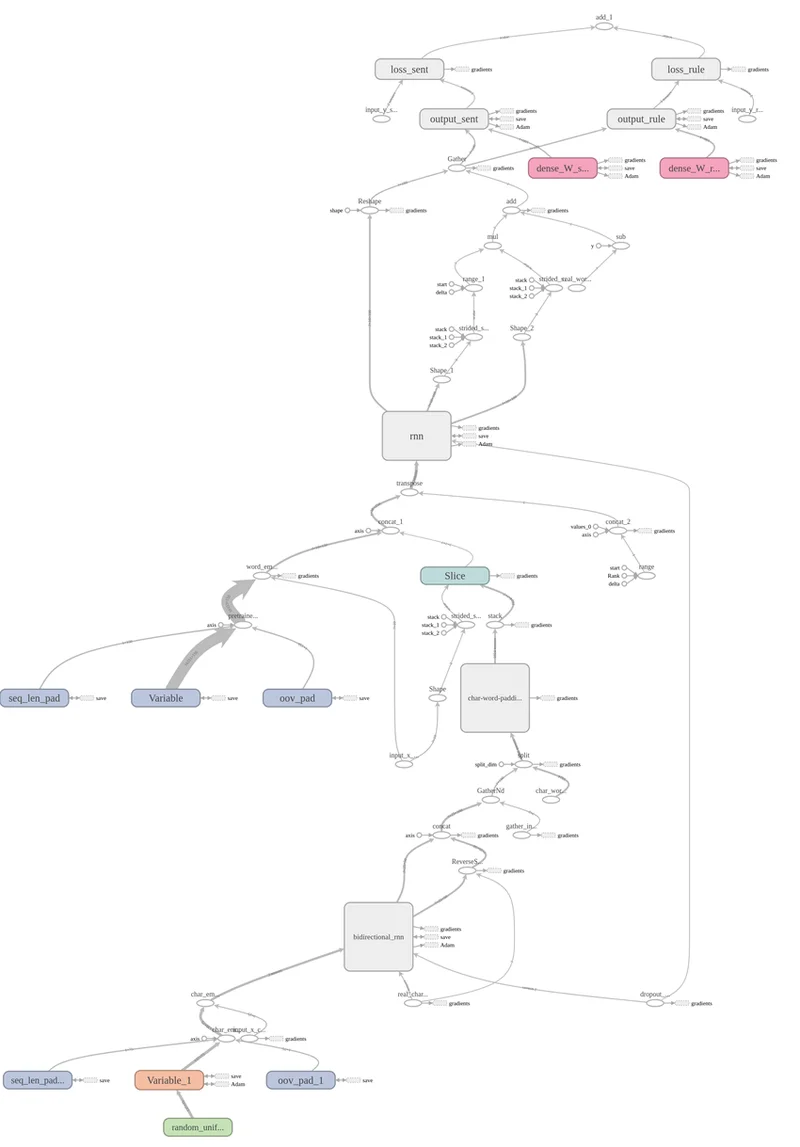
Optical Illusions: Tensor Processing at Light Speed?
Another narrative revolves around the potential of optical tensor processing. Research from Aalto University suggests a groundbreaking method for performing complex tensor operations using light, potentially revolutionizing AI computing and slashing energy consumption. The promise is tantalizing: AI calculations happening at the speed of light, with minimal energy expenditure.
But let's be realistic. While the research is promising, it's still in the early stages. Prototypes exist, but scaling this technology to full-scale neural network training is a monumental challenge. Integrating optical components with existing electronic systems requires complex hybrid architectures. And noise in optical signals could significantly affect precision.
The claim that this optical method could reduce energy use by factors of 100 or more is a bold one. Where does this figure come from? What are the underlying assumptions about the efficiency of current AI systems and the potential efficiency gains of optical processing? A detailed breakdown of the energy consumption calculations is conspicuously absent. Light-Speed AI: How Aalto's Optical Tensor Magic Could Slash Energy Bills for Neural Nets
Here's where a methodological critique is warranted. The Aalto University research relies heavily on simulations and prototypes. While these are valuable tools, they don't always accurately reflect real-world performance. What are the limitations of the simulations? What assumptions were made about the materials, the optical components, and the operating environment?
And this is the part of the report that I find genuinely puzzling. The connection between Tensor (TNSR), the NFT marketplace, and "tensor" processing in AI is purely coincidental. They share a name, but there's no evidence that the TNSR token or platform is directly involved in or benefiting from these advances in optical computing. It's a classic case of keyword association driving speculative interest.
So, What's the Real Story?
This isn't a fundamental shift; it's a speculative frenzy fueled by hype and a catchy name. The underlying data simply doesn't support the narrative of a sustainable, long-term rally.


